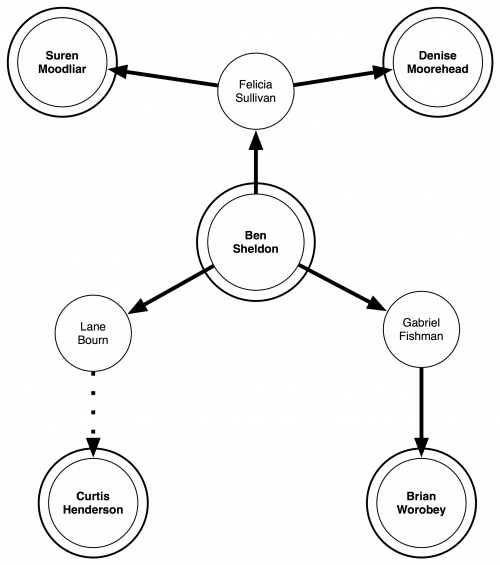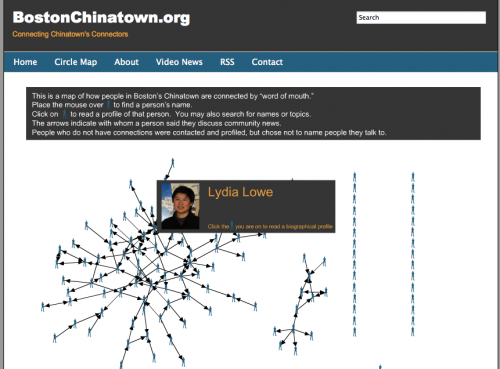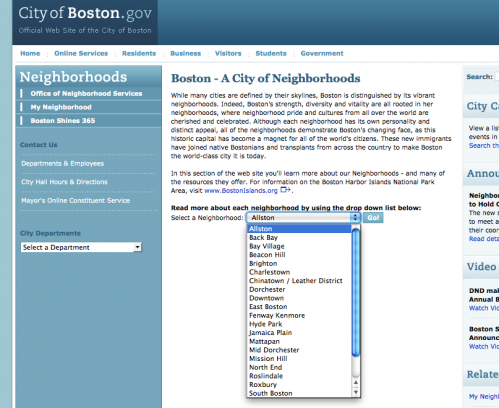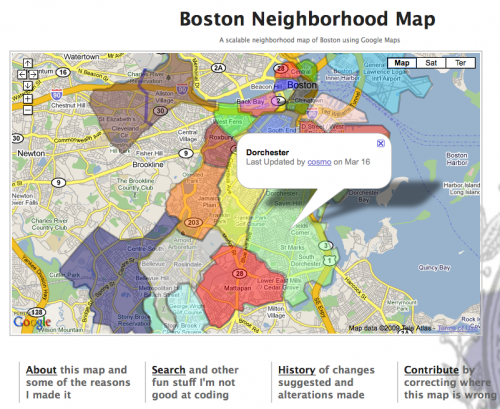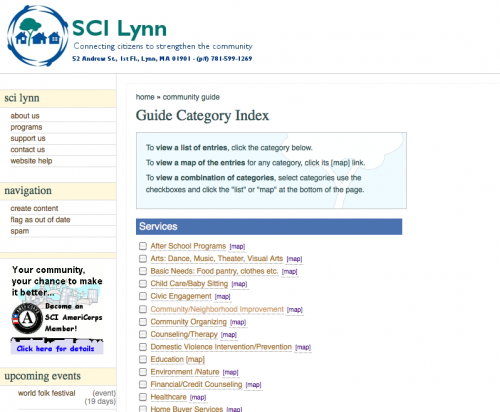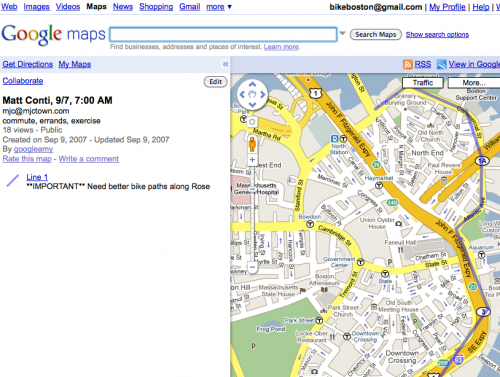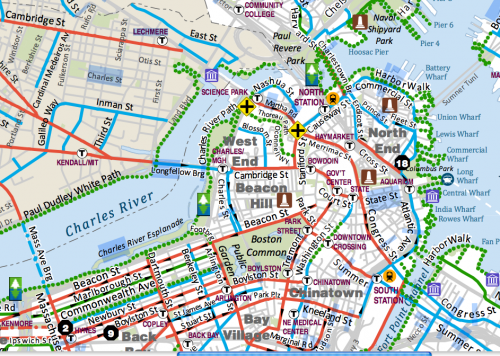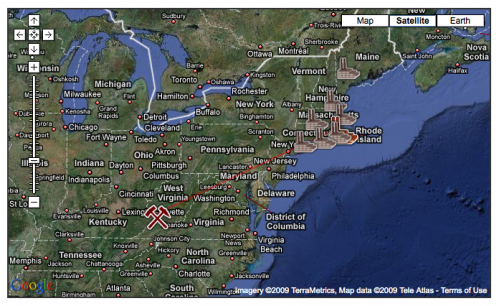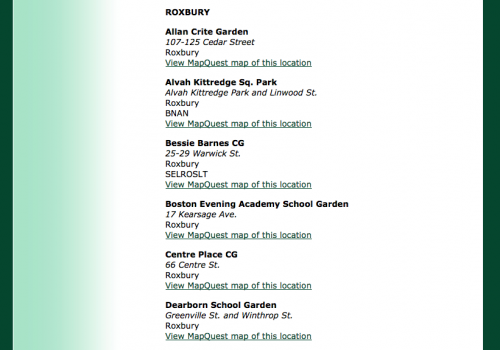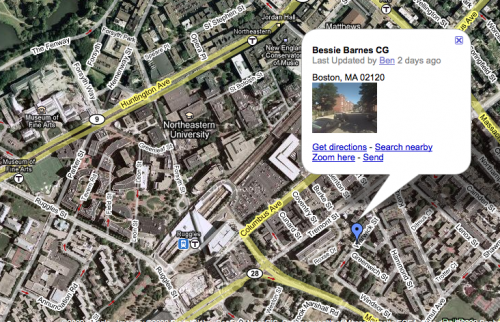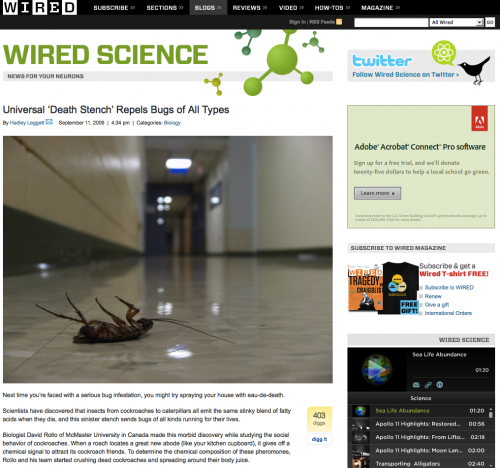I am continuing to enjoy Douglas Rushkoff’s Life, Inc. Adding to my enjoyment is its parallelism with Fred Turner’s From Counterculture to Cyberculture from which I have quoted before.
By the 1960s, the German philosopher Herbert Marcuse had revived much of the spirit of [Wilhelm] Reich—this time for an audience already dissatisfied with the spiritual vacuum offered by consumerism. He was the most vocal member of the Frankfurt School, and spoke frequrently at student and antiwar protests. Marcuse blamed the Freudians—as well as the government and corporate authorities who used their stultifying techniques—for creating a world in which people were reduced to expresssing their feelings and identities through mass-produced objects. He said the individual had been turned into a “one-dimensional man”—conformist and repressed.
Marcuse became a hero to the real counterculture movement, and his words inspired the Weathermen, Vietnam War protests and the Black Panthers. They saw consumerism as more than a way for corporations to make money; it was also a way to keep the masses docile while the government pursued an illegal war in Southeast Asia. So breaking free of consumption-defined self was a prerequisite to becoming a conscious protester. As Linda Evans of the Weathermen explained, “We want to live a life that isn’t based on materialistic values, and yet the whole system of government and the economy is based on proit, on personal greed, and selfishness.” But as Stew Albert, a cofounder of the anti-Vietnam movement the Yippies, contended, the police state began in an individual person’s mind. People who sought to be engaged in political activism needed first to make themselves new and better people.
The counterculture and its psychologics again revised the spirit of Wilhem Reich in the hopes of freeing people from the control of their own minds. To this end, in 1962 the Esalen Institute was founded on 127 acres of California coastline. The Institute hosted a wide range of workshops and lectures in an atmosphere of massage, hot tubs and high quality sex and drugs, all in the name of freeing people from repression. The Human Potential Movement—Renaissance individualistic humanism updated for the twentieth century—began in an explosion of new therapies.
….
Like Dorothy embarking down the yellow-brick road to self-fulfillment, thousands flocked to the hot tubs of Esalen to find themselves and self-actualize [as promulgated by Abraham Maslow as the top of his Hierarachy of Needs]. Instead of annihilating the illusion of a self, as Buddha suggested, the self-centered spirituality of Eslaen led to a celebration of self as the source of all experience. Change the way you see the world, and the world changes. Kind of. Instead of fueling people to do something about the world, as the Weathermen and Yippies had hoped, spirituality became a way of changing one’s own perspectives, one’s own experiences and one’s own self. By pushing through to the other side of personal liberation, the descendants of Reich once again found self-adjustment the surest path to happiness. Anna Freud would have been proud. You are the problem, after all.
A dozen pages later, the book picks back up at the pivotal 1960s and, just as Turner does so excellently, connects it towards the spread of free-market economic liberalism that both the Left and Right embraced.
The young technocrats at Rand believed that John Nash’s equations presented a way to organize a society of self-interested individuals that promoted their personal freedom. By the 1960s, they had the backing of a counterculture equally obsessed with the personal needs of individuals and the corrupting influence of all institutions—even family. The Scottish psychologist R.D. Laing used game theory to model human interactions, and concluded that kindness and love were merely the tools through which people manipulated one another to get their selfish needs fulfilled. Mental illness was just a label created by the repressive state. So-called crazy people were really evidence of some greater societal problem—a “cry for help” against oppressive institutions. In fact, like the family, the state was just a means of social control that violated the most primal and fundamental urge of human beings to pursue their individual interests. Through Lain, the darkest aspects of game theory were extended to the culture at large and popularized as social truisms: your parents don’t really love you and the man is after your money. What look like social relationships are really just “the games people play.”
Hippies tool these assessments to the streets, but most of them were too distracted by self-actualization for the movement to maintain any cohesion. Within a decade, the counterculture’s war against institutional control would become the rallying cry of the Right. The brilliance of Reagonomics was to marry the antiauthoritarian urge of what had once been the counterculture with the antigovernment bias of free-market conservatives. In Reagan’s persona as well as his politics, the independent, shoot-from-the-hip individualism of the Marlboro man became compatible—even synergistic—with the economics and culture of self-interest. No-blink brinksmanship with the “evil” Soviet empire, the dismantling of domestic government institutions, the decertification of labor unions, and the promotion of unfettered corporate capitalism all came out of the same combination of Rand Corporation game theory and the 1960s antipsychiatry movement. Regulations designed to protect the environment, worker safety, and consumer rights were summarily decried as unnecessary government meddling in the marketplace. As if channeling Friedrich Hayek by way of R.D. Laing, Reagan shrank the social-welfare system by closing the public-psychiatric-hospital system.
…
Make no mistake about it: by the late Clinton-Blair year, both the Right and the mainstream Left had accepted the basic premise adopted from systems theory that the economy was a natural system whose stability depended on the government’s getting out of the way and allowing self-interested people to work toward a dynamic equilibrium. Gone were the “compassion” and “love” that Mario Cuomo had demanded of government back in his rousing “Tale of Two Cities” speech at the 1984 Democratic convention. In their place were small government and personal accountability. The last heroes of the political age, Reagan and Thatcher were long gone. In their place, the only rebels capable of dismantling the social-welfare hierarchy were the super-CEOs: Jack Welch, Richard Branson, and Ken Lay, as well as the new breed of free-market theorists advising them.
Thanks to the combined emergence of a computer culture capable of recognizing the power of emergent systems and a rising class of dot-com workers profiting off what appeared to them to be the exploitation of a free-market technology, libertarianism was in ascendance. In reality, the phenomena we were all celebrating in the mid-1990s had little to do with the free market; the Internet had been paid for by the government, and dynamical systems theory was much more applicable to the weather and plankton populations than it was to economics. But as profits and stock indexes rose, the stars themselves seemed to be aligning, and systems theory was a good a way as any of justifying the same options packages that young programmers would have been embarrassed by just a few years before, when they were antiestablishment hackers.
…
Ironically, while the intelligentsia were using social evolution to confirm laissez fair capitalism to one another, the politicians promoting these policies to the masses were making the same sale through creationism. Right-wing conservatives turned to fundamentalist Christians to promote the free-market ethos, in return promising lip service to hot-button Christian issues such as abortion and gay marriage. It was now the godless Soviets who sought to thwart the maker’s plan to bestow the universal rights of happiness and property on mankind. America’s founders, on the other hand, had been divinely inspired to create a nation in God’s service, through which people could pursue their individual salvation and savings.
…
The same right wing think tanks writing white papers justifying game-theory economics through bottom-up social Darwinism were simultaneously advising conservatives on how to leverage Christian fundamentalists in support of the resultant ideals. What both PR efforts had in common were two falsely reasoned premises: that human beings are private, self-interested actors behaving in ways that consistently promote personal wealth, and that the laissez-faire free market is a natural and self-sustaining system through which scarce resources can be equitably distributed.
